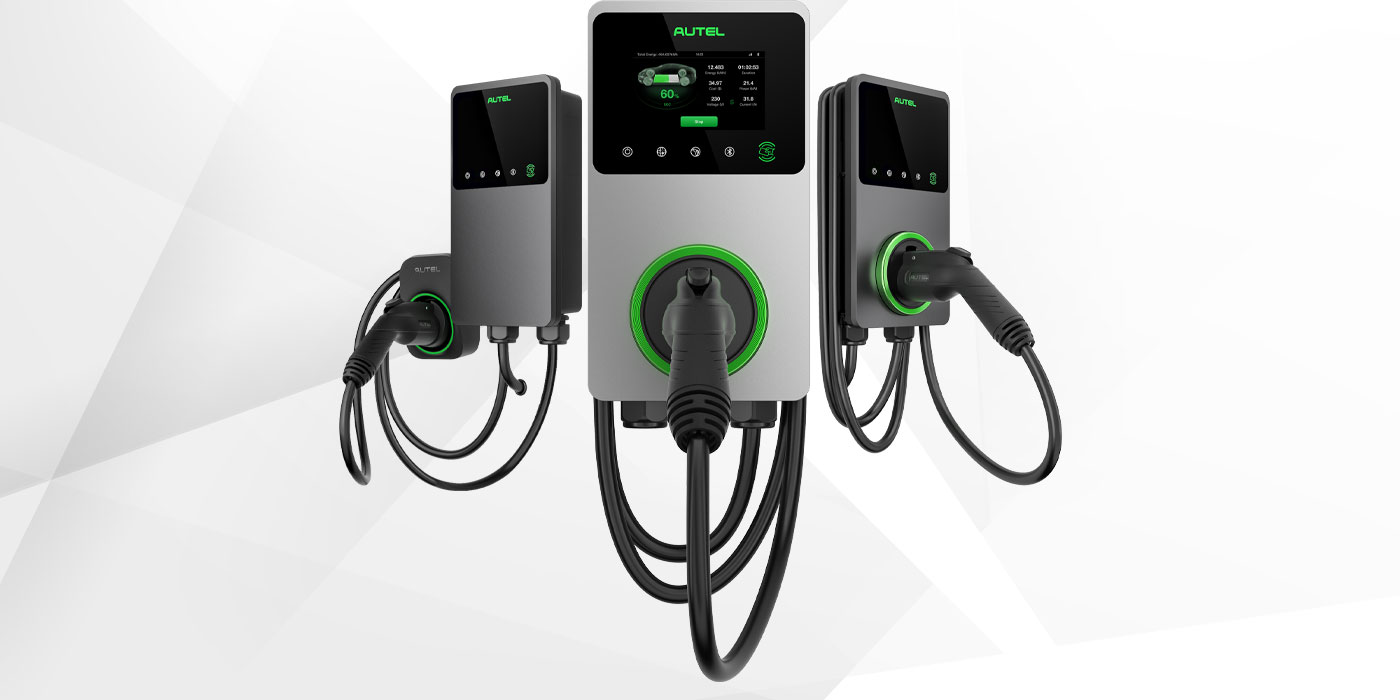
Controlling tire cost is likely one of the biggest bullet points on your service to-do list. Despite daily checks and PM practices, unplanned tire service events still happen. Sometimes they can’t be avoided, but oftentimes they can be if you’re looking at the right data. It’s imperative that you are capturing the right tire during the service process to build the historical tire usage and out-of-service data you need to curb unforeseen tire costs.
“Tires are one of a fleet’s most valuable assets, and tire asset tracking, including retread and repair statistics, is critical to inform forecasts, control costs and ultimately drive efficient mobility,” said Carson Spencer, director of product development for commercial emerging technology with Bridgestone Americas Tire Operations. “To do this, service managers should utilize tire monitoring programs and dashboards that collect data and turn it into actionable insights. These dashboards should compile the most relevant tire performance data into one location to provide both service and fleet managers with the information needed to improve operations.”
In today’s tire world, the sky is the limit in terms of what data you can track, but you need to have a sharp focus when it comes to analyzing that data in order to spot your tire service weak points. At a bird’s eye view, Spencer recommends focusing on the following data points: tire maintenance and management records, traction, treadwear and new to retread ratios.
“Service managers typically record tire pressure, tread depth and mileage by position,” said Scott Bowman, Continental’s key account manager for the South region. “However, to properly track and analyze tire usage, they should also be recording the tire brand and series. If it’s a retread, record the retread brand and series along with how many times it has been retreaded. It’s also important to record the DOT casing age and to track irregular wear and dual tire mismatches. All of this data is key to analyzing tire run-out.”
Let’s not forget about tire position—steer, drive and trailer—which is also a critical data point.
“Because tires wear at a rapid rate, most tire conditions requiring attention should be addressed immediately,” said Chuck Avery, national sales manager for applications with Dana. “Historical tire data can be utilized with some considerations. As a majority of historical data is paper documentation, most fleets determine that entering the history is not a worthwhile endeavor due to the investment of time versus the return.”
Recording the right data
Okay, great: Tire data is important to collect and analyze, but that’s easier said than done. How you record that data is just as important as what data you’re recording. You need the data to be uniform and complete across all the trucks you service, tire brands you run and maintenance you perform. So let’s start with a process you know all too well: the tire walk-around inspection.
“While the commercial tire industry places a large focus on technological innovations, knowing how to perform manual tire inspections is the first step to understanding how to log data digitally,” Bridgestone’s Spencer said. “The best way to ensure technicians are recording data correctly is to incorporate an easy-to-use platform. Intelligent solutions help make sharing data in real time possible. Bridgestone anticipates that service reports will become more ‘mobile-oriented’ through the development of mobile applications, custom data views via web applications, text messages and email.”
The tire process is seemingly straightforward on the shop floor but trying to quantify the process is complicated. Tires—both new and retreaded—are inspected, replaced, moved through positions, and every point needs to be accurately recorded.
“Large fleets often struggle to get complete tire data due to the fluidity of operations. For example, tires get rotated front to back, tires get pulled early and moved to a trailer position, tires are removed for service such as a section repair and then brought back into service, tires fail on the road,” Continental’s Bowman said. “Any of those occurrences would end a tire test or eliminate the accuracy of the data because now the data doesn’t truly reflect the date the tire was mounted and how many miles it ran.”
Bridgestone, Continental and Dana all agree that digitally capturing the data is the easiest way to keep it all straight and reduce the burden on your roster of technicians.
Spencer recommended that service managers ask for a platform that combines all the needed tire insight into one platform.
To continue to improve operations, fleets need a dealer that can provide them with access to a platform to aggregate information and analyze data into actionable insights.
“To continue to improve operations, fleets need a single platform to aggregate information and analyze data into actionable insights,” Spencer said. “A useful fleet dashboard compiles the most relevant information into one location so fleet managers can easily review and understand what the data means. The dataset should be tailored to each fleet’s KPIs to help managers make informed decisions about vehicle performance. Giving fleet managers the ability to utilize unique identifiers such as QR codes to serve as a birth certificate and assign historical tire performance data to each tire, allows them to manage tires individually.”
Consider one of your biggest tire service pain points—underinflation. Having visibility into tire pressures, both current and historical, can tell you a lot about the operation of your fleet’s tires and where you might be able to save yourself and your fleet manager from tire headaches.
“According to statistics from Continental’s ContiTrack2 digital fleet inspections, conducted with fleets across the United States, on average 34% of a fleet’s tires are underinflated,” explained Michelle Reinhart, Continental’s head of business development for digital solutions. “In the first 100 days of testing the ContiConnect digital tire monitoring platform, more than 4,000 tire pressure and temperature alerts were fixed by 16 fleets in the global test. That means 4,000 tire issues that could potentially have caused a roadside breakdown or at the very least were contributing to premature tire wear, reduced casing life and reduced fuel efficiency.”
Don’t let communication break down
With your fleet manager back at headquarters tracking big-picture tire costs, you need to be able to communicate tire service data from your service location into the dashboard glowing on your fleet manager’s computer screen. Not only does that data have to integrate into that dashboard, but it also needs to jive with the other data that your fleet’s other service locations are capturing.
“Intelligent platforms and dashboards are designed to compile data and analytics into one location for ease of review and decision making,” Bridgestone’s Spencer said. “This allows fleets to cross-reference data and creates a more efficient decision-making process. For integration to occur, the data needs to be exported as a flat file (i.e. .csv) from the source system and imported by the receiving system, it can be normalized and dimensionalized to maximize the actionable insights. The insights can then be displayed in an easy-to-read dashboard.”
Automatic alerts when there’s a tire issue can also be advantageous, especially in terms of service.
“Often, issues are reported according to the severity,” Dana’s Avery said, explaining that automatic notifications via Dana’s Rhombus Tire Analytics platform can be sent via text message, email or dashboard reporting and the methodology for receiving said alerts are set by the fleet. “For example, an issue of severe mismatch in tire tread depth, or a tire replacement tag could be sent immediately via text. This allows management to act before the truck leaves the shop. Other issues that do not require immediate action may just arrive as an email or can be reviewed within reports.”
Check out the rest of the June digital edition of Tire Review here.
For more on this topic, click here to read Tracking Truck Tire Inflation Can Pay Dividends.














